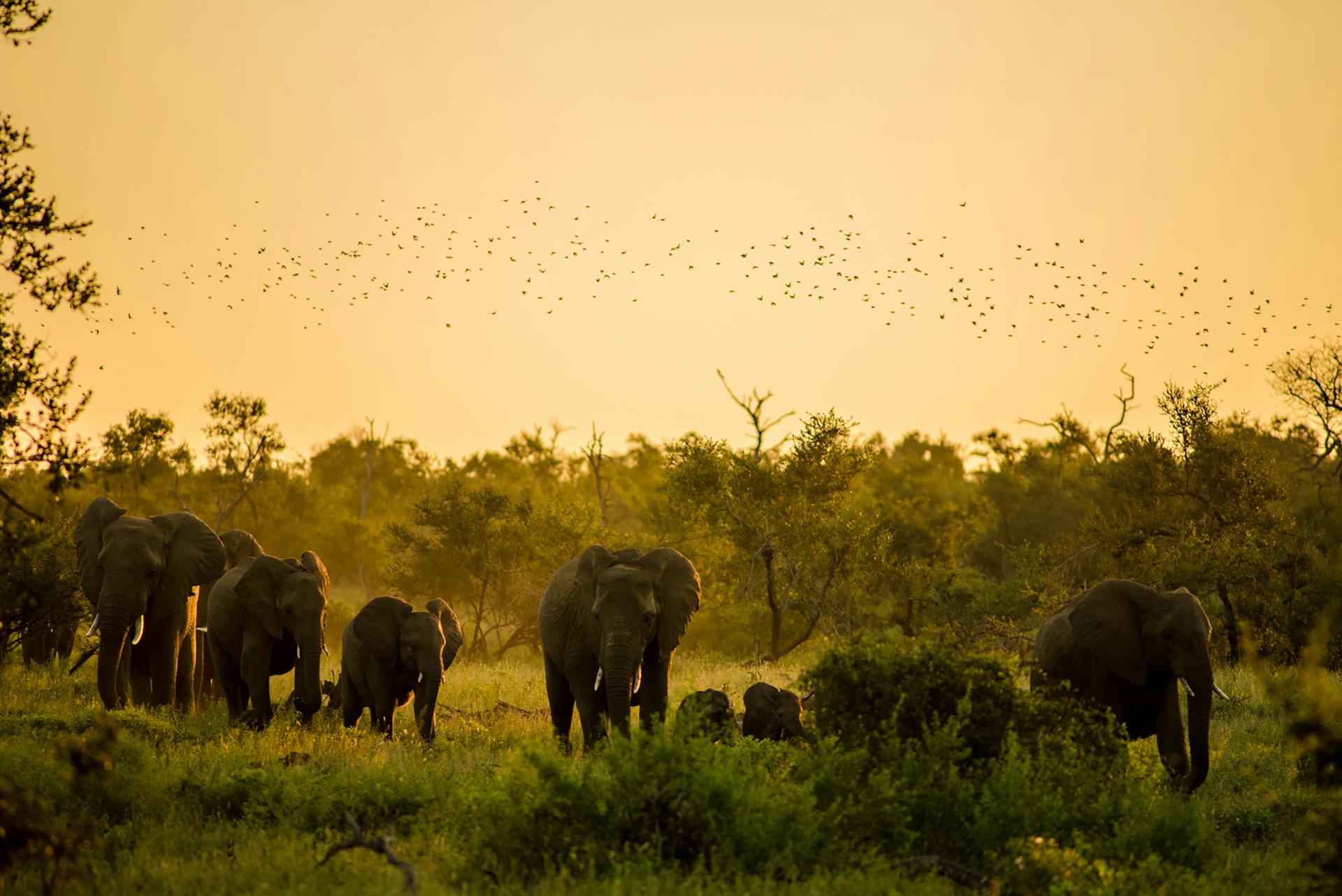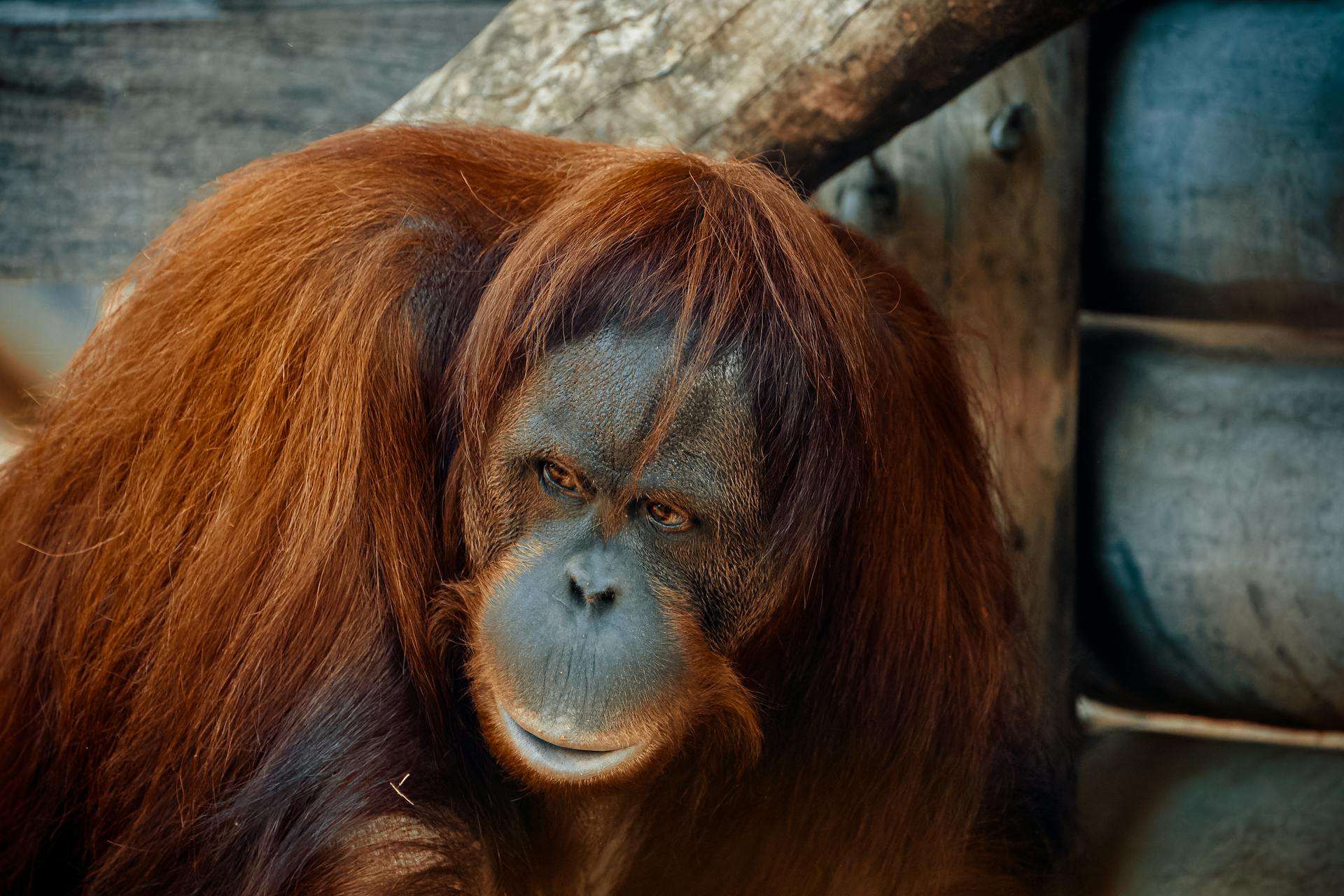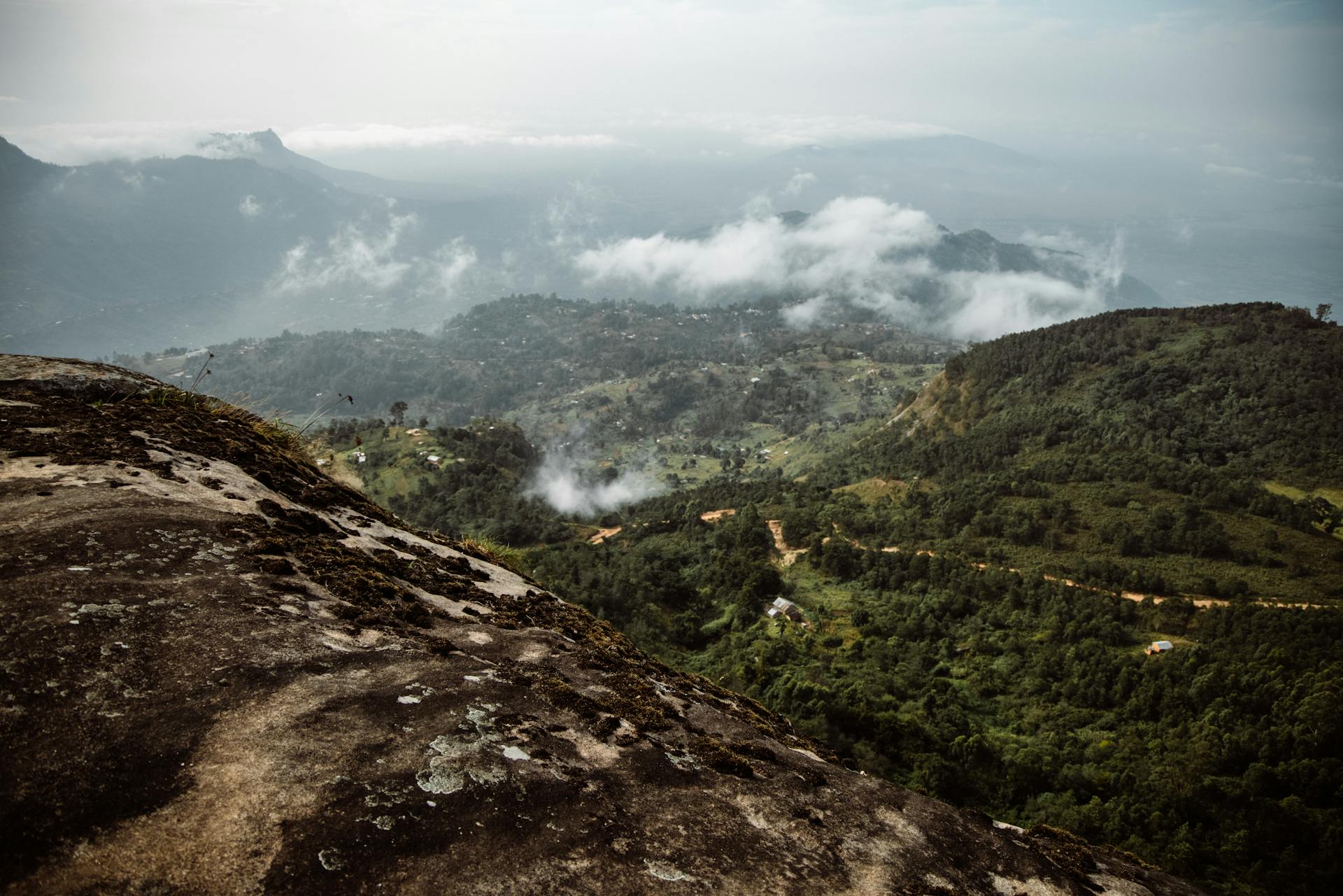Imagine standing in the heart of a sprawling national park, surrounded by the majestic beauty of ancient trees, crystal-clear rivers, and the distant calls of wildlife. These protected landscapes not only offer breathtaking scenery but also play a crucial role in the survival of countless species. National parks, established to safeguard nature’s wonders, serve as sanctuaries for biodiversity, providing essential habitats for animals and plants alike.
As human activities increasingly threaten wildlife populations through habitat destruction, climate change, and pollution, the importance of wildlife conservation has never been more critical. National parks represent a beacon of hope, offering refuge for endangered species and functioning as living laboratories for ecological research. This article will delve into the vital contributions of national parks to wildlife conservation, highlighting their role in protecting biodiversity, preserving habitats, and fostering community engagement in conservation efforts. Through an exploration of these aspects, we aim to underscore the significance of national parks not just as recreational spaces, but as essential pillars in the fight for wildlife preservation.
Historical Context
The establishment of national parks marked a pivotal moment in the movement to protect natural landscapes and wildlife. The first national park, Yellowstone, was created in 1872, setting a precedent for conservation efforts worldwide. This groundbreaking initiative aimed to preserve the park’s unique geothermal features and diverse ecosystems, ultimately recognizing the intrinsic value of nature beyond its utilitarian benefits. Over the years, the concept of national parks expanded, leading to the establishment of numerous protected areas across the globe. However, the journey toward effective wildlife conservation was not without challenges.
In the early days of national parks, conservation policies were often limited and lacked the necessary frameworks to address the complexities of wildlife preservation. Initially, the focus was primarily on protecting landscapes rather than the ecosystems and species that inhabited them. As a result, wildlife populations continued to decline due to hunting, habitat loss, and other human activities. The evolution of conservation policies in the 20th century began to incorporate a more holistic approach, recognizing the need to protect both habitats and the diverse species within them.
Biodiversity Protection
Biodiversity, defined as the variety of life in a particular habitat or ecosystem, plays a vital role in maintaining ecological balance and resilience. It encompasses the diversity of species, genetic variations, and the complex interactions within ecosystems. National parks serve as biodiversity hotspots, safeguarding critical habitats that support an array of plant and animal species. By providing protected environments free from the pressures of urban development and industrial activities, these parks allow ecosystems to thrive and evolve.
One striking example of successful biodiversity protection within national parks is the recovery of the American bison. Once on the brink of extinction due to overhunting and habitat destruction, targeted conservation efforts within national parks have helped restore bison populations to healthy levels. Similarly, the reintroduction of gray wolves to Yellowstone National Park in the mid-1990s has had profound ecological effects, revitalizing the park’s ecosystem by controlling elk populations and promoting vegetation growth. These case studies illustrate the potential of national parks to foster the recovery of species that are vital to maintaining the health of their ecosystems.
Habitat Preservation
National parks play an essential role in protecting natural habitats from the encroaching threats posed by urbanization and industrialization. By designating specific areas as protected zones, national parks create sanctuaries for wildlife, preserving the diverse ecosystems necessary for their survival. The importance of these ecosystems cannot be overstated, as they provide food, shelter, and breeding grounds for various species. Healthy ecosystems contribute to the resilience of wildlife populations, enabling them to adapt to changing environmental conditions.
Within national parks, visitors can witness a remarkable array of ecosystems, from lush forests teeming with life to sprawling wetlands that serve as vital breeding grounds for many aquatic species. Grasslands, too, are integral to wildlife conservation, supporting diverse herbivore populations and the predators that rely on them. The rich biodiversity found within these varied habitats underscores the critical need for their protection, highlighting national parks as indispensable allies in the ongoing fight against habitat loss.
Research and Education
Beyond their role as protected areas, national parks serve as living laboratories for ecological research, providing invaluable opportunities for scientists to study wildlife and ecosystems in their natural settings. Researchers can monitor species populations, track migration patterns, and assess the impacts of climate change, contributing to a greater understanding of ecological dynamics. This research informs conservation strategies and enhances our ability to address the challenges facing wildlife today.
In addition to research, national parks play a significant role in educating the public about conservation issues. Many parks offer educational programs that engage visitors and local communities, fostering a deeper appreciation for the natural world and its inhabitants. Through guided tours, workshops, and interpretive centers, national parks create opportunities for people to learn about the importance of preserving wildlife and habitats. Collaborative efforts with scientists and conservation organizations further enrich these educational initiatives, ensuring that the latest research findings are disseminated to the public.
Ecotourism and Community Engagement
Ecotourism has emerged as a powerful tool for conservation, and national parks are at the forefront of this movement. By promoting sustainable tourism practices, national parks can generate revenue while simultaneously supporting conservation efforts. The influx of visitors not only provides funding for park maintenance and wildlife protection but also raises awareness about the importance of preserving natural environments.
The benefits of national park tourism extend beyond park boundaries, positively impacting local communities. Tourism can create jobs, stimulate local economies, and foster a sense of stewardship among residents. Case studies of successful ecotourism initiatives demonstrate how national parks can serve as catalysts for community engagement in conservation. For instance, programs that involve local artisans in the creation of handicrafts for park gift shops not only provide income but also promote cultural heritage and conservation awareness.
Challenges Facing National Parks
Despite their critical role in wildlife conservation, national parks face numerous challenges that threaten their effectiveness. Climate change poses a significant risk to wildlife, altering habitats and disrupting migration patterns. Rising temperatures, changing precipitation patterns, and increased frequency of extreme weather events can jeopardize the delicate balance of ecosystems within national parks.
Furthermore, encroachment and habitat loss remain persistent challenges. As urban areas expand, the pressure on nearby national parks increases, leading to fragmentation of habitats and increased human-wildlife conflicts. Funding and resource limitations also hinder the ability of national parks to implement effective conservation measures, making it essential for policymakers and conservationists to advocate for adequate support and resources.
Future Directions
Looking ahead, innovative conservation strategies are needed to ensure the continued success of national parks in protecting wildlife. One promising approach is the establishment of wildlife corridors, which facilitate safe migration routes for animals across fragmented landscapes. These corridors can help maintain genetic diversity and enhance the resilience of wildlife populations in the face of environmental change.
Policy advocacy and public awareness play vital roles in shaping the future of national parks and wildlife conservation. Engaging communities, stakeholders, and decision-makers in discussions about the importance of preserving natural habitats can lead to more effective policies and resource allocation. Additionally, the integration of technology in monitoring wildlife populations and habitats offers exciting possibilities for enhancing conservation efforts, providing real-time data to inform management decisions.
Conclusion
In summary, national parks serve as vital sanctuaries for wildlife conservation, playing a multifaceted role in protecting biodiversity, preserving habitats, and fostering research and education. Their significance extends beyond recreational spaces, emphasizing the need for ongoing support and involvement in conservation efforts. As we envision the future of national parks, it is crucial to recognize their potential as powerful allies in the fight for wildlife preservation, inspiring action and commitment to safeguard the natural world for generations to come.
Frequently Asked Questions (FAQs)
1. What is the primary purpose of national parks?
National parks are designated areas established to preserve natural landscapes, ecosystems, and wildlife. Their primary purpose is to protect biodiversity, provide habitats for various species, and offer recreational and educational opportunities for the public.
2. How do national parks contribute to wildlife conservation?
National parks serve as protected areas that safeguard critical habitats from human activities, promote biodiversity, and provide refuges for endangered and threatened species. They also facilitate research and education, allowing for the development of effective conservation strategies.
3. What is biodiversity, and why is it important?
Biodiversity refers to the variety of life in a particular habitat or ecosystem, encompassing the diversity of species, genetic variations, and the interactions between them. It is essential for ecosystem health, resilience, and the provision of ecosystem services that benefit humans and wildlife alike.
4. Can you provide examples of successful wildlife recovery in national parks?
Yes, notable examples include the recovery of the American bison, which rebounded in populations due to conservation efforts within national parks, and the reintroduction of gray wolves in Yellowstone National Park, which helped restore ecological balance in the park’s ecosystem.
5. How do national parks support research and education?
National parks serve as living laboratories for scientists to study ecosystems and wildlife in their natural habitats. They also offer educational programs for visitors and local communities, fostering a greater understanding of conservation issues and the importance of protecting nature.
6. What is the impact of ecotourism on national parks?
Ecotourism can significantly benefit national parks by generating revenue for park maintenance and wildlife protection while promoting conservation awareness. It also provides economic opportunities for local communities, encouraging them to engage in sustainable practices that protect natural resources.
7. What challenges do national parks face in wildlife conservation?
National parks encounter various challenges, including climate change, habitat loss due to urban encroachment, human-wildlife conflicts, and funding limitations. Addressing these issues is crucial for ensuring the effectiveness of conservation efforts within these protected areas.
8. What innovative strategies are being implemented to enhance wildlife conservation in national parks?
Innovative strategies include the establishment of wildlife corridors to connect fragmented habitats, the use of technology for monitoring wildlife populations, and increased advocacy for policy changes to secure funding and resources for conservation initiatives.
9. How can individuals support wildlife conservation in national parks?
Individuals can support wildlife conservation by visiting national parks responsibly, participating in volunteer programs, advocating for conservation policies, and spreading awareness about the importance of preserving natural habitats and biodiversity.


